See the month by month development of how this fascinating garden feature took shape at Hyde Hall
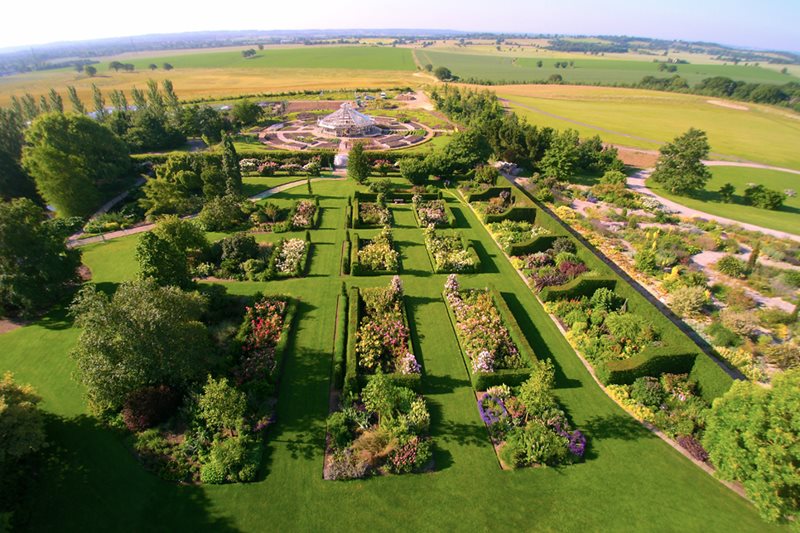
The Global Growth Vegetable Garden, sponsored by Witan Investment Trust, was designed by Suffolk-based garden and landscape designer Xa Tollemache, and has a circular design to symbolise a globe with four quarters, representing Europe & the Middle East, Asia, North & Central America, and South America. At its centre is a bespoke octagonal glasshouse manufactured by Hartley Botanic and will grow every day, exotic and ornamental vegetables from around the world. Planted in a combination of ground-level and raised beds, we will be testing growing tender edibles in the dry Essex climate, to see how they develop.
Surprising edibles, such as hosta leaf tips, the tubers of cannas and dahlias, and Hemerocallis flowers will be grown across the garden. Other intriguing crops are Cyperus esculentus (tiger nuts), with coconut-flavoured edible tubers, and Decaisnea fargesii, commonly known as the blue bean shrub due to its curious seed pods. The garden will inspire visitors to experiment with all types of edibles at home and in their communities. Discover ten interesting edibles we're growing in the garden.
The site of the Global Growth Vegetable Garden has been transformed since work started in early spring and we have followed its progress through to completion.
This is just one of the projects happening at Hyde Hall, to develop parts of the garden for future visitors to experience and enjoy.
March 2017
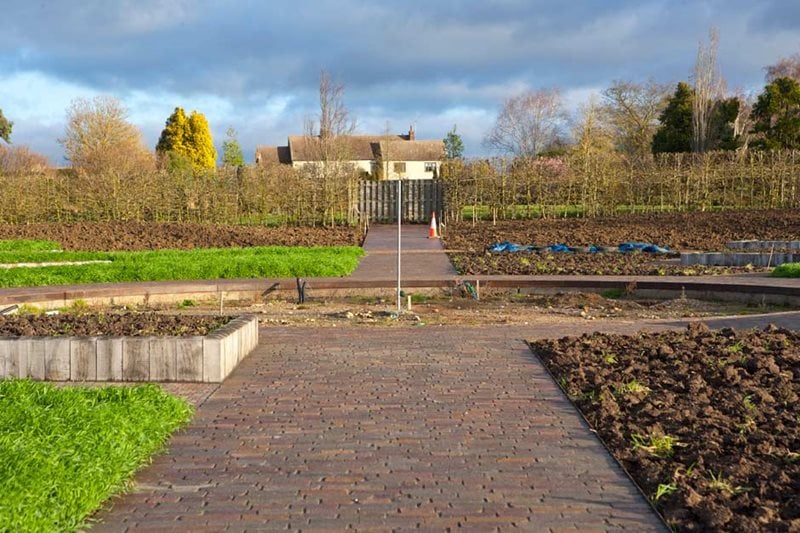
Work started to shape the area, cut out borders and re-develop the existing infrastructure. The view down into the garden shows us where the garden began to take shape, through the planted borders. Sharp sand was placed using wheelbarrows, around the circular design, with planting placed around the edges of the paths.
April 2017
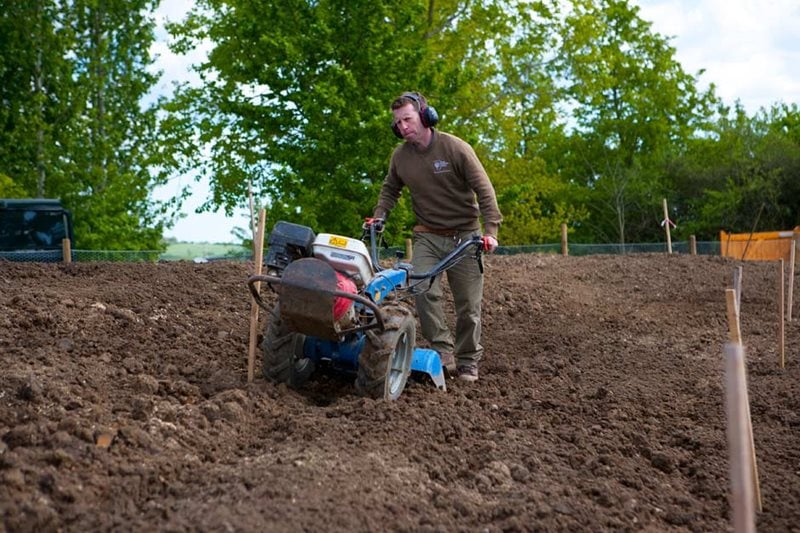
Soil was prepared using heavy machinery and green manure was dug into the borders. Workmen started to construct the walls and foundations for the glasshouse. Planting continued across the garden, including the addition of Camassia Cusickii and other varieties.
May 2017
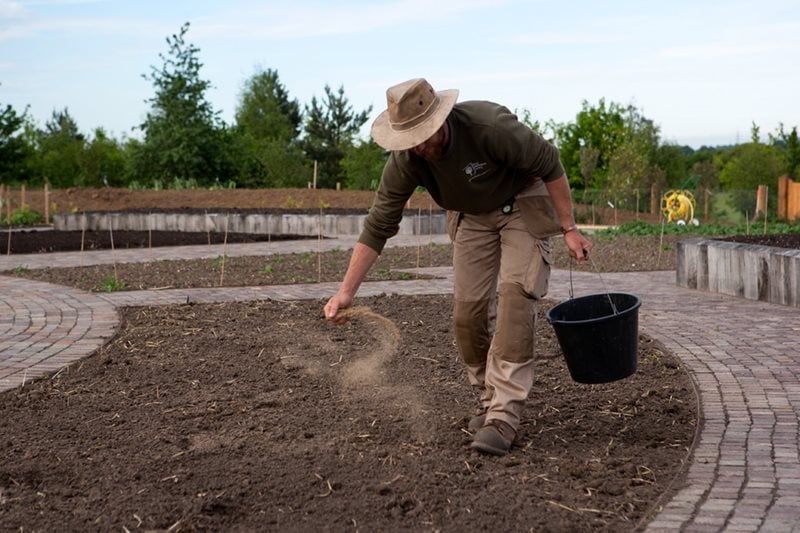
The soil was fed with bone meal and the borders were mulched, particularly around planting. Jerusalem artichokes, amongst other vegetables, were planted and support stakes added into the ground-level beds. The walls and foundations for the glasshouse were finished, ready for further construction.
June 2017
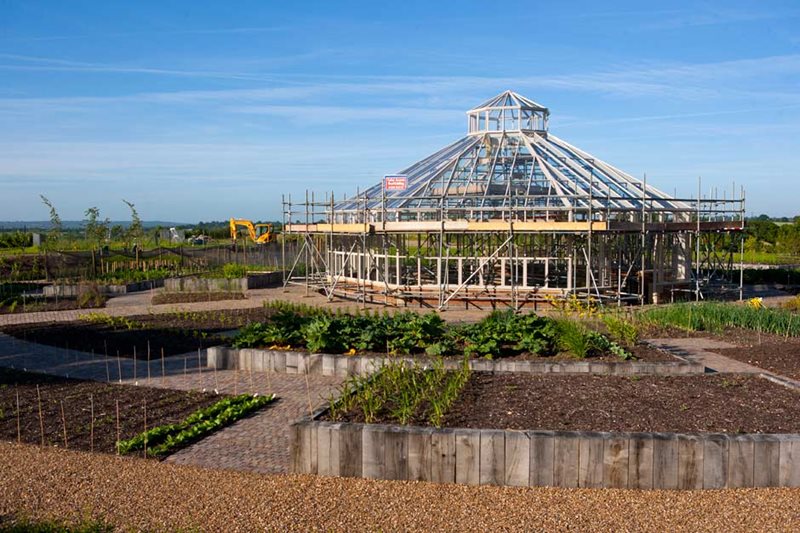
The octagonal glasshouse frame was built and the glass panes were added to the roof. The ground-level beds and raised wooden planters were full of more mature vegetables, giving the space its formal vegetable garden structure. The view down into the garden shows flower beds full of colour and the roof of the new glasshouse pointing above the foliage, giving visitors a glimpse of the garden beyond.

